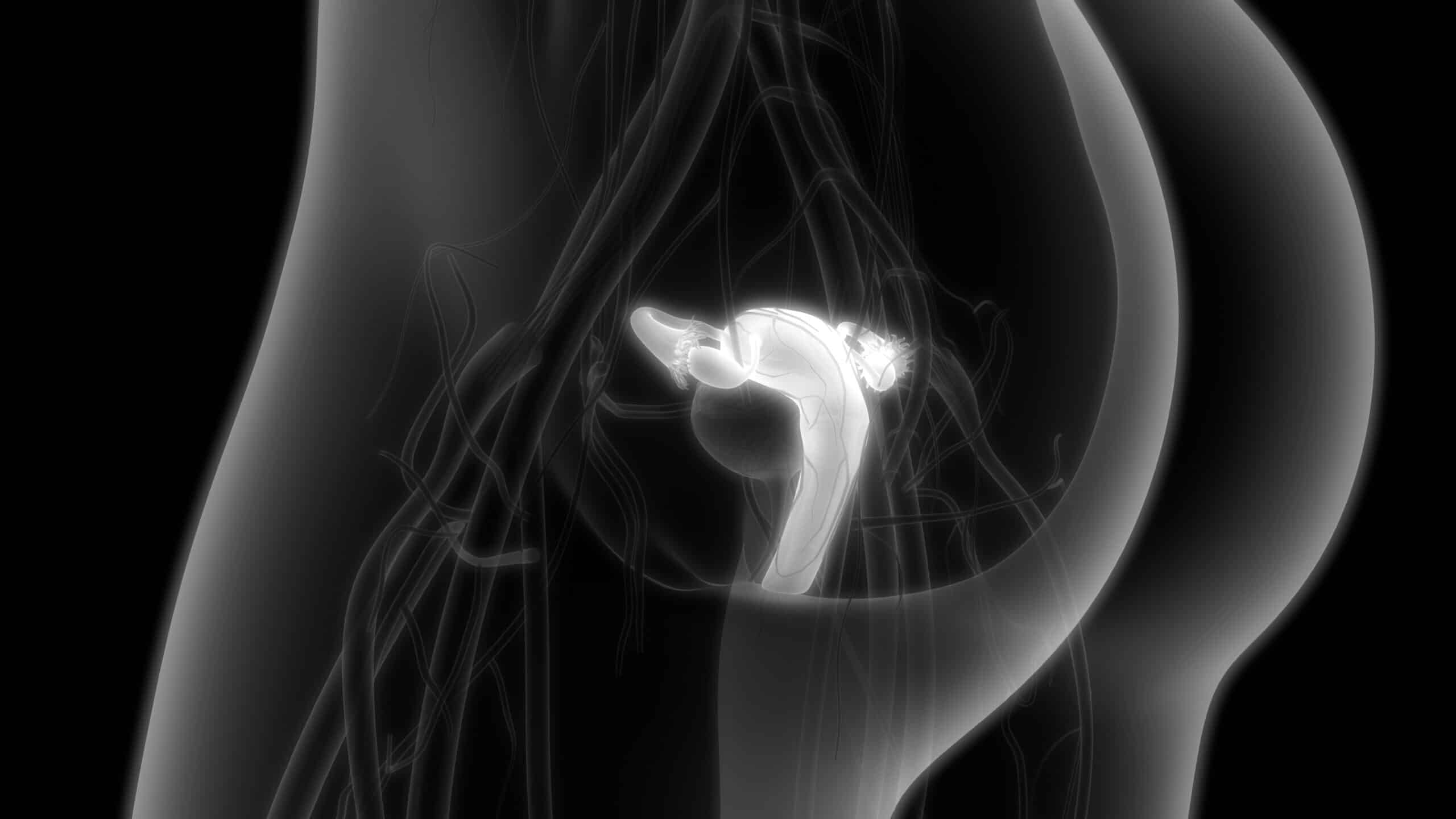During this technique an appropriate contrast medium is injected through catheter into the uterus through the cervix under fluoroscopic guidance to minimize complications. Preliminary X-rays are taken first, following dye injection 4 more X-rays are taken to assess contour of endometrial lining of uterine cavity, tubes, and patency of tubes. Dye is allowed to spill into the peritoneal cavity at ovarian end if tubes are open. Typical safe for most patients this procedure does have some risks which are rare.
Pain along with infection are the most common complications with this procedure, which may be in the form of uterine contractions as catheter and contrast medium is introduced into the uterus, which typically causes lower abdominal pain if caused by uterine contractions. Irritation of the peritoneal cavity following spillage of contrast medium may occur, which is typically felt as abdomen discomfort. Slow rates of contrast injection allows time for the agent to spread through the uterine cavity without causing undue distension, use of agents with similar osmolarity as body fluids is a helpful practice in minimizing pain.
If tubes are dilated or chronically infected the procedure mau precipitate pelvic infection, it may also be a pointer to traumatic catheter insertion causing injury to the uterine.
Fainting attacks called vasovagal reactions are caused by sudden manipulation of the cervix or by catheter insertion, reactions in some cases may act as indicator of premature inflation of terminal retaining balloon of the catheter before it entered uterine cavity and is still in the cervix.
In some cases it is possible that the catheter may pierce and tunnel under the endometrial lining of the uterus. If minor it is generally not serious. Examination maneuver should always be appraised prior to exam to minimize potential trauma.
Tubal perforation can occur if the catheter is pushed too fast or too far through the cervix, but is rare because the technique is conducted under fluoroscopic guidance. Tube blockage, or weakening due to infection, or contrast pushed with too much force then the thin walls of the tubes may rupture causing hemorrhage.
Contrast medium may escape out of the uterine and tubal cavities in to lymphatic or blood vessels in some cases. Contrast medium hypersensitivity is rare. Water based media usually do not cause significant issues, but oil based media may cause more reaction in the case of intravasation. Intravasation complications are more likely of the contrast is injected with too much force, if endometrium becomes traumatized by the catheter, or if the patient is on her menstrual cycle and still has open blood vessels. Endometrium inflammation is another risk factor.
Use of appropriate precautions and proper technique helps to avoid possibility of ovarian irradiation. When a woman is pregnant this is very serious because it exposes the fetus to radiation.
Water based and oil based contrast media can be used. Oil based media had brief popularity as it was suggested it reduced time to conception, but it was never confirmed, use was linked to granuloma formation within the tubes in inflammation presence or infection. Almost all center that perform this procedure now use water based contrast. 30% of women without pelvic infection were shown to have conceived within 6 months of having this procedure.




